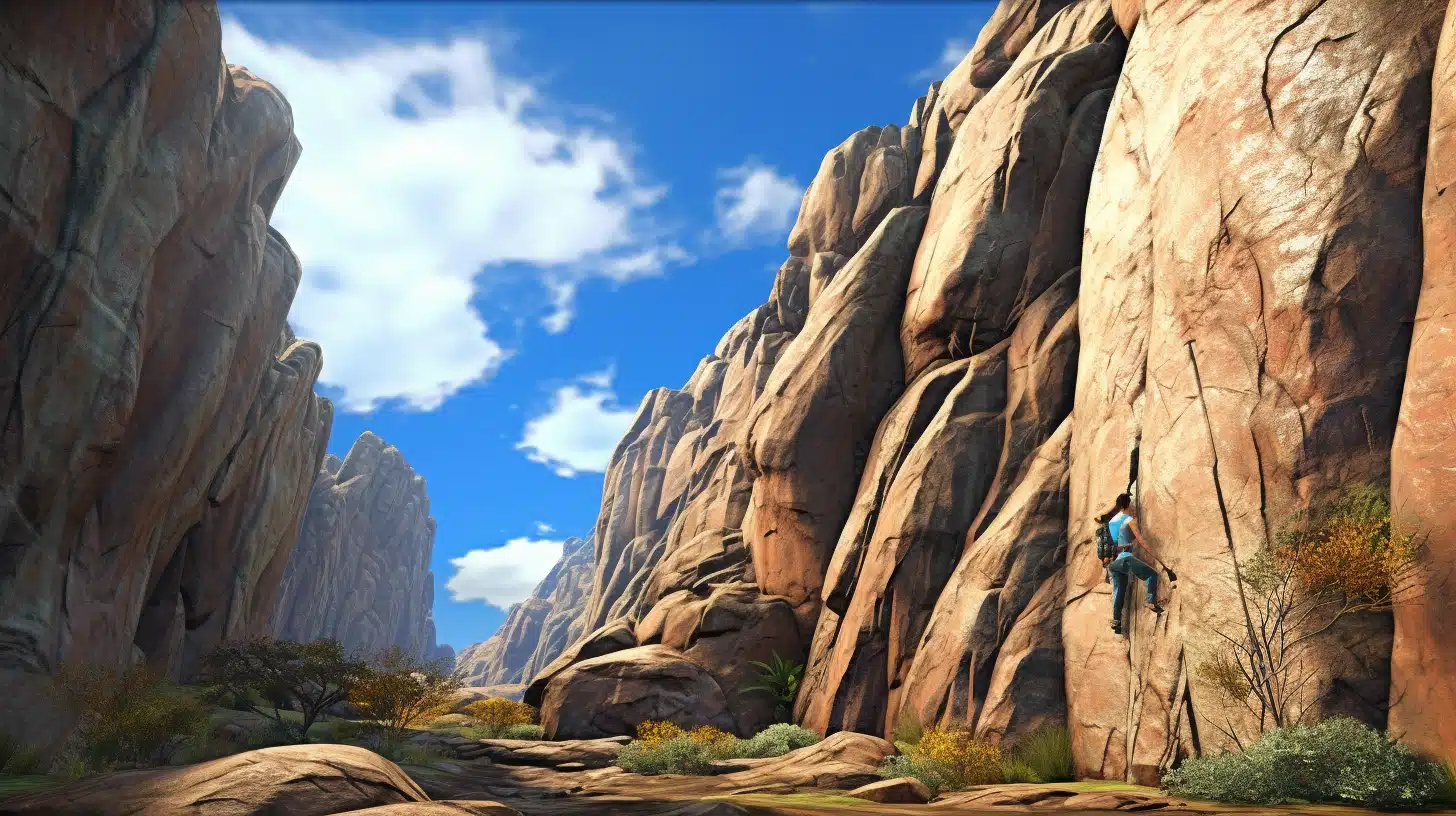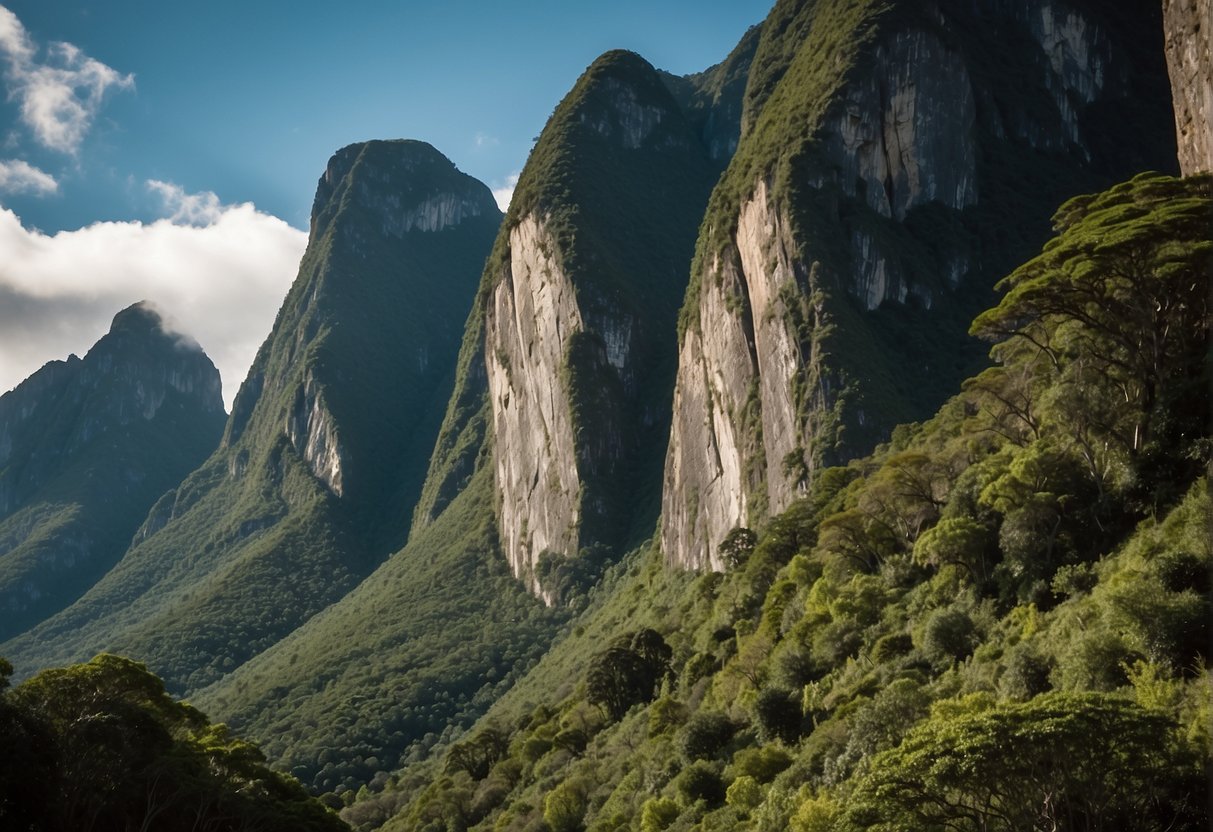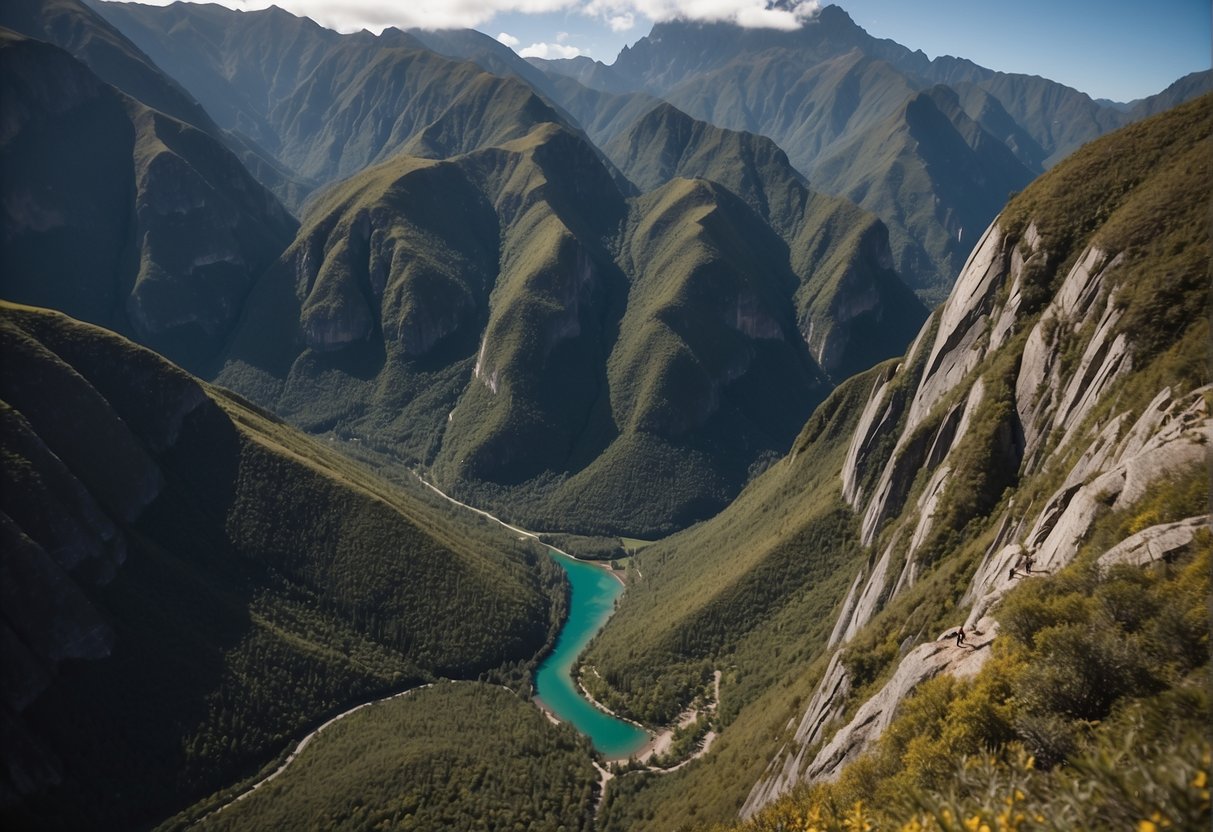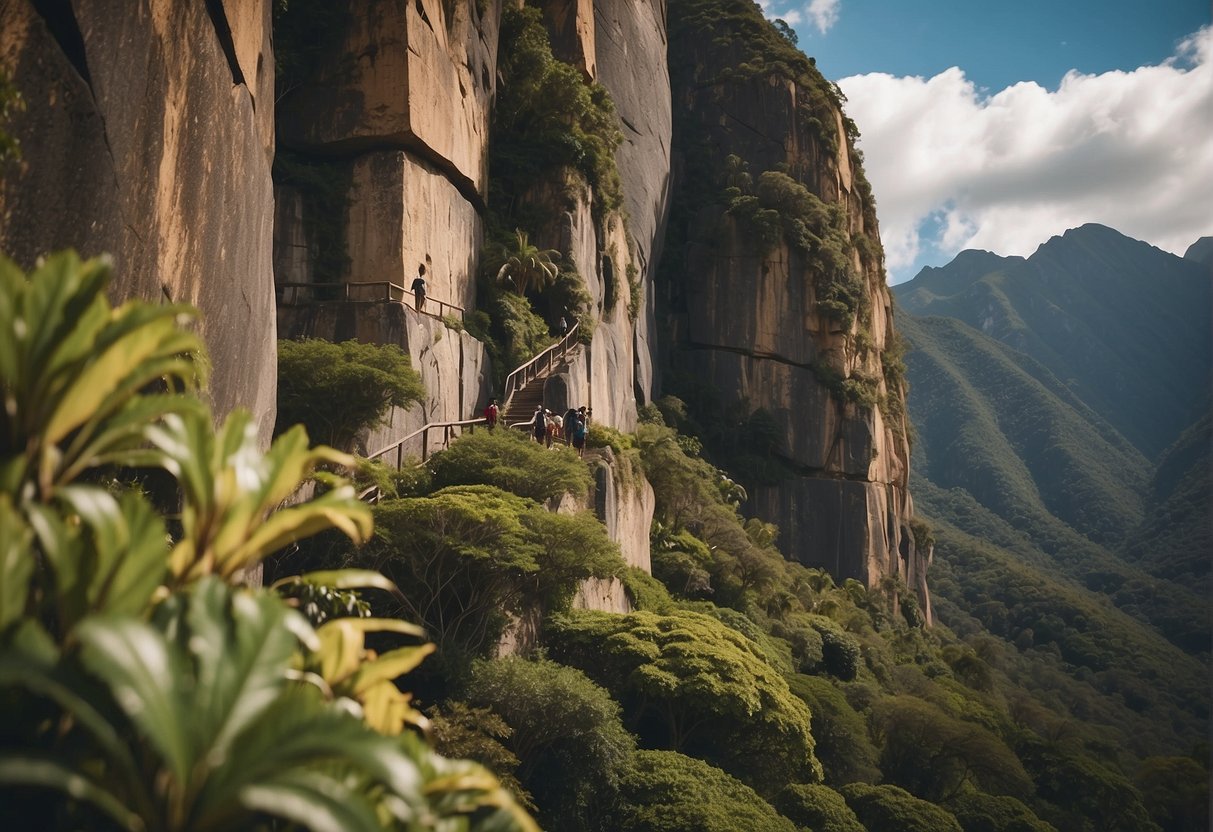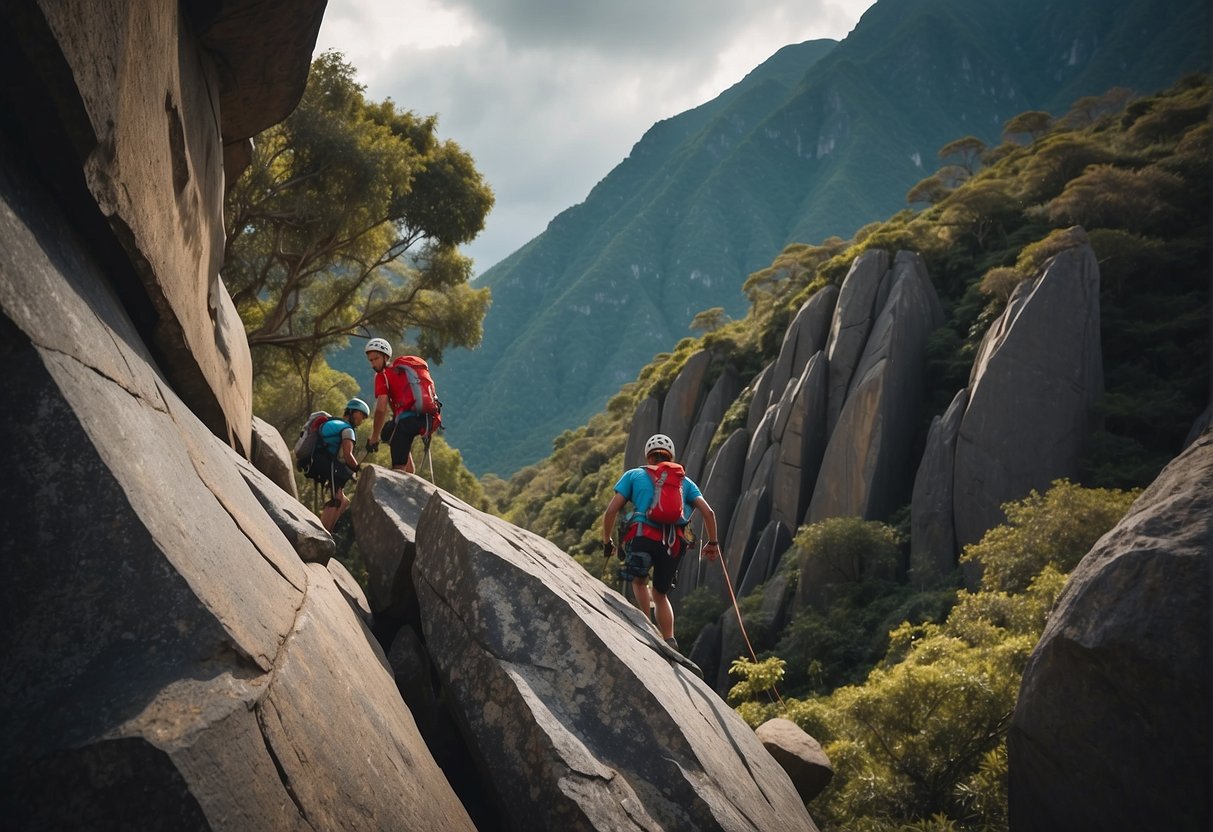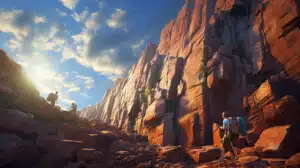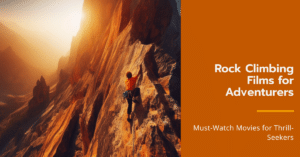Rock Climbing Destinations in South America stand as a magnificent playground for rock climbers, encompassing a diverse range of climbing experiences set against the backdrop of vibrant cultures and breathtaking landscapes. From the undulating peaks of the Andes to the rugged outcrops of Patagonia, the continent offers climbing destinations that cater to all skill levels, while the history of rock climbing in these locales tells a story of passion and adventure. Travelers looking to merge their love for ascents with the lure of exploration will find South America to be both challenging and rewarding.
The continent’s vast geographical diversity translates to an eclectic mix of climbing destinations. As climbers traverse South America, they encounter towering walls, high-altitude boulders, and long multi-pitch routes that have been etched into the climbing lore over the years. Whether they seek the well-trodden paths of Huaraz in Peru or the remote wilderness of El Chalten in Argentina, every climb promises a unique adventure set amidst some of the most stunning scenery in the world.
Table of Contents
ToggleKey Takeaways
- South America is a premier destination for climbers of all abilities, steeped in a rich climbing history.
- Climbers can experience a variety of terrains against the backdrop of South America’s dramatic landscapes.
- The continent offers an array of climbs, from famous locations to remote challenges suited to diverse preferences and skill sets.
History of Rock Climbing in South America
https://www.youtube.com/watch?v=RPixqRq-zXg&embed=true
South America’s foray into the world of rock climbing has a storied past that intertwines with its rich cultural heritage and the colossal spine of the continent—the Andes Mountains. Rock climbing here has evolved with both trad climbing—where climbers place their own protective gear—and sport climbing, which relies on pre-placed bolts.
The Andes, extending through seven South American countries, have been integral to the development of climbing. Early ascents were often led by foreign expeditions, focusing on mountaineering challenges rather than technical rock climbing. Trad climbing took a firmer hold in the mid-20th century, inspiring local climbers.
Chile and Argentina stand out in the early climbing history, with areas like the Frey in Bariloche becoming iconic for their pure granite spires akin to Europe’s best. Here, climbers honed their skills, emboldened by the Andean backdrop. The Venezuelan Andes also saw local heroes establish new routes, marking the rise of a homegrown climbing culture.
| Country | Notable Developments in Rock Climbing |
|---|---|
| Brazil | Emergence of urban crags, increasing climbing accessibility |
| Ecuador | Routes in the Cuenca region reflecting a blend of trad and sport disciplines |
| Peru | Ice and mixed climbing in the Cordillera Blanca paving the way for technical advances |
The sport has expanded to become part of the South American zeitgeist, with climbers embracing new technology and techniques to conquer their stunning local terrains. As international interest grew, so did the exchange of ideas, leading to a more knowledgeable climbing community that values both safety and adventure.
Overview of South American Climbing Destinations
South America offers an array of climbing experiences, ranging from the high-altitude challenges of the Andes Mountains to the technical granite climbs in Patagonia. The continent is renowned for its diverse topography that caters to climbers of all skill levels.
- Argentina and Chile share the iconic climbing region of Patagonia, which is known for its breathtaking spires and demanding weather conditions. Noteworthy within this region is the Fitz Roy massif, providing a remarkable alpine climbing experience.
- In Peru, the Cordillera Blanca range hosts numerous climbing spots, famed for its stunning snowy peaks and accessible high-altitude routes. Areas like Huaraz are starting points for climbers aiming to ascend peaks such as Alpamayo and Huascarán.
- Ecuador is another climbing hotspot, with locations like Cuenca and the Illinizas offering both volcanic and high-altitude adventures amidst rich biodiversity.
- Bolivia provides unique climbing experiences at places like Huayna Potosí and the Cordillera Real, loved for their remote appeal and Andean culture.
- Colombia brings diversity to the climbing scene, with its rock climbing gem Suesca situated near Bogotá. It presents a mix of sport and traditional routes set against a backdrop of greenery.
Each region’s weather patterns, altitude, and rock types offer unique challenges. For example, Patagonia is notorious for strong winds, while the Andes necessitate acclimatization to altitude alongside technical prowess. With terrain that varies from the volcanic rock in Ecuador to the solid granite of Argentina’s spires, climbers are advised to prepare thoroughly for the conditions they will encounter. South America’s climbing destinations indeed promise adventure wrapped in magnificent landscapes.
Country-Specific Climbing Guides
This section provides focused information on rock climbing opportunities across key South American countries. Each subsection highlights important climbing destinations, alongside insights into available climbing guides, expeditions, and essential considerations for each location.
Climbing in Peru
Peru is renowned for its iconic peaks such as Alpamayo and the broader Cordillera Blanca range with Huaraz as a central hub for climbers. Reliable guides and comprehensive expeditions are crucial in navigating not only the technical ascents but also the complexities of high-altitude climbing. Safety-conscious operators typically offer transportation from major cities like Lima to the mountainous regions, ensuring climbers are well-prepared for the challenges of the Inka Wakanka.
Climbing in Argentina and Chile
The Patagonia region, shared by Argentina and Chile, offers stunning climbing experiences with famous formations like Fitz Roy and Cerro Torre. In Argentina, Aconcagua stands as the highest peak outside Asia, requiring climbers to have a fine-tuned set of skills for its ascent. Expeditions in these areas provide guidance across various terrains, from the glaciers of Patagonia to the craggy cliffs of the Atacama Desert. Argentina’s Frey and Chile’s Cochamo Valley are also highlights for rock climbers seeking both guidance and challenge.
Climbing in Ecuador
With Quito as a starting point, Ecuador delivers with impressive volcanoes like Cotopaxi and Chimborazo. Skilled guides in this region are well-versed with the unique volcanic terrain, offering climbers of all levels sound instruction and support. The Illiniza twin peaks further add to the diverse climbing landscape, emphasizing the need for safety-conscious practices in these lofty Andean climbs.
Climbing in Colombia
Colombia’s rock climbing is gaining traction, with Suesca as a notable area near Bogota that provides both bolted routes and traditional climbing. Cuenca is another significant site, where climbers can take advantage of the local expertise offered by climbing guides, who ensure a comprehensive experience in both the technical and cultural aspects of Colombian climbing.
Climbing in Bolivia
The Cordillera Real in Bolivia is a significant draw for climbers, with Huaraz, La Paz, Sorata, Sucre, and Potosi being key locations. Expeditions here often involve complex logistic arrangements, but skilled local guides ensure that climbers can navigate the beautiful yet challenging terrain. The diverse altitudes and weather conditions in Bolivia make a thorough acquaintance with local climbing practices essential for a successful ascent.
Climbing in Brazil
Famous for its urban climbing scene, Brazil’s Rio de Janeiro offers unique experiences like climbing the iconic Urca close to the heart of the city. Meanwhile, both Rio and Sao Paulo’s outskirts provide a variety of rock types and climbing settings. Expeditions in Brazil cater to climbers who appreciate a vibrant mix of natural and urban climbing environments, facilitated by seasoned guides.
Best Climbs for Different Skill Levels
South America offers climbs of varying difficulties, catering to all skill levels – from beginners in search of gentle slopes to experts eyeing the Andes’ high-altitude challenges. Alongside climbing, there are diverse activities and a vibrant community that contribute to the continent’s rich culture of mountaineering.
Beginner-Friendly Climbs
For those new to climbing, South America boasts plenty of areas perfect for honing skills and technique in a safe environment. Cuenca in Ecuador offers quality climbing with a difficulty rating of 3/5, making it an ideal starting point for novice climbers looking to practice in a beautiful setting. The rock faces here are well-suited for a beginner climber who is safety conscious and eager to learn.
Intermediate and Advanced Climbs
Intermediate and advanced climbers will find thrilling sport and trad climbing opportunities throughout the continent. Places like Suesca in Colombia provide a step up in challenge without the dangers associated with high altitude or ice climbing. Climbers can improve their technique and tackle harder climbs, while still having access to local amenities.
Expert and High Altitude Climbing
The Andes present formidable challenges for experienced mountaineers, such as the climb at Aconcagua, offering routes that require no technical skills for those looking to experience high altitude without the complexity of technical ice climbing. However, expert climbers seeking technical ascents will find Aconcagua’s more demanding routes requiring a higher degree of mountaineering skills and preparation.
Climbing Equipment and Preparation
Proper climbing equipment is vital to a safe and successful expedition. Whether it’s a multi-pitch trad climb or a high-altitude alpine endeavor, being safety conscious and well-prepared is key. It’s important to plan ahead for transportation and travel to remote areas, especially in South America where logistics can be challenging.
Adventure Activities Beyond Climbing
In addition to rock climbing, South America offers a plethora of adventure activities, from trekking in Patagonia to kayaking through Central America and Latin America. The diverse landscapes allow for a broad range of experiences, catering to those looking to combine their climbing trip with other outdoor pursuits.
Climbing Culture and Community in South America
The continent has a strong climbing culture, with communities of dedicated rock climbers and mountaineers spread across various countries. Local clubs often organize tours and events, providing opportunities for travelers to immerse themselves in the local scene and exchange experiences with fellow climbers.
Planning Your South American Climbing Trip
Trip planning for a South American climbing adventure involves considering many factors such as trip duration, the variety of climbs, and available tours. Familiarizing oneself with the tourism infrastructure can greatly enhance the experience, making travel to various climbing areas smoother and more enjoyable.
Environmental Considerations and Sustainable Climbing
Sustainable travel is crucial, as climber traffic can have an impact on the natural environment. It’s important for climbers to be mindful of their environmental impact, practicing organic and wildlife-friendly habits, maintaining the pristine nature of climbing areas for future generations.
Safety and Risk Management in Climbing
Safety and risk management are paramount concerns when climbing, especially in remote areas where help is not readily available. Climbers must be safety conscious and have a solid understanding of risk management strategies, including weather awareness and emergency response plans.
Creating New Routes and Development
The development of new routes can be an exciting aspect of climbing. Enthusiasts often contribute to the climbing community by establishing new paths and maintaining existing ones, fostering growth and guaranteeing the longevity of the sport in the region.
How to Stay Updated on Climbing in South America
Staying informed about the latest developments in the South American climbing scene is essential. Subscribing to newsletters, such as South America Rocks, or following climbing news platforms ensures climbers have the most current information and updates on conditions, new route openings, and community events.
Frequently Asked Questions
Rock climbing in South America caters to all skill levels with a diverse array of locations from high-altitude Andean adventures to world-class sport climbing spots. Here are some common questions answered for climbers who seek to explore the continent’s offerings.
What are the top rock climbing locations in South America for experienced climbers?
Experienced climbers can challenge themselves in Huaraz, Ancash, Peru, known for its rugged mountain terrain, or the Patagonian region of Bariloche, Rio Negro, Argentina, famed for its scenic rock routes.
Can beginners find suitable rock climbing spots in South America, and if so, where?
Beginners have numerous options such as the easily accessible crags near Santiago, Chile, where there are varied routes for all skill levels, and the climbing tours offered by companies that accommodate all proficiency levels, including novices.
Which destinations in South America offer world-class sport climbing opportunities?
For sport climbing, the continent boasts destinations like El Chaltén, Santa Cruz, Argentina, and Suesca, Cundinamarca, Colombia, both offering a vast selection of high-quality bolted routes.
What are some well-regarded climbing spots in the Andes Mountains?
The Andes Mountains present revered climbing spots including the Cordillera Blanca near Huaraz, Peru, and the majestic peaks surrounding Cuenca, Azuay, Ecuador, both providing spectacular high-altitude climbs.
Are there any notable rock climbing destinations in Colombia similar to La Mojarra?
Colombia is home to other noteworthy climbing areas like Suesca, a prominent destination with over 400 climbs, and the more remote Mesa de los Santos, offering impressive sandstone cliffs akin to La Mojarra.
What are the safety considerations to keep in mind when rock climbing in South America?
Climbers should be well-prepared for variable weather conditions, be mindful of altitude sickness in higher elevations, and always climb with the latest safety gear. It is also recommended to hire local guides familiar with the terrain, such as those found through various adventure companies like South America Rocks.

